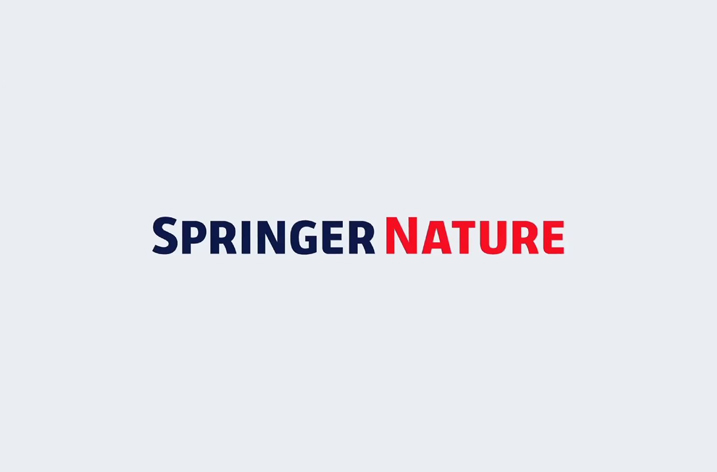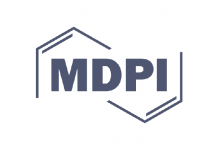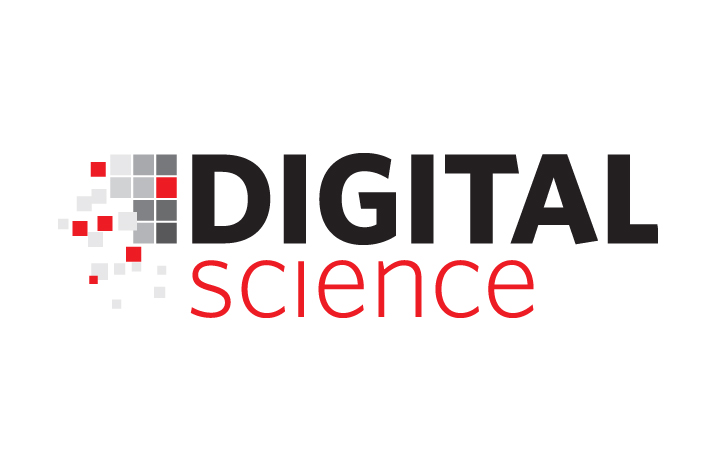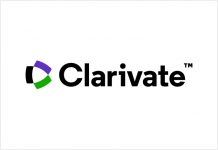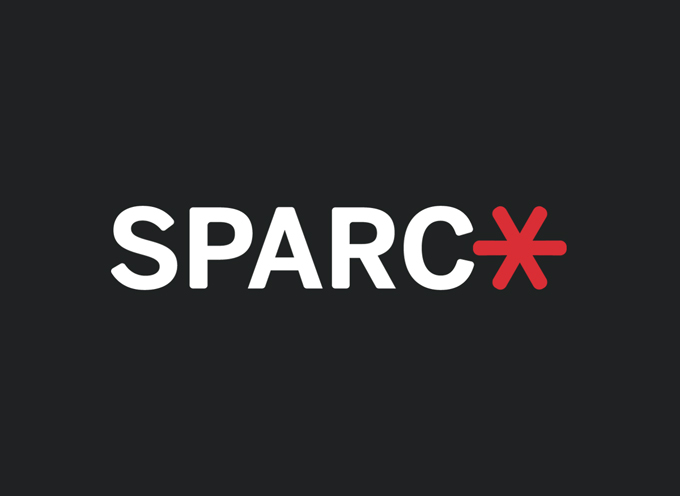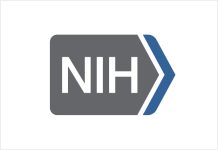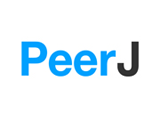Intota™ Assessment, a best in class library collection analytics service from Serials Solutions®, a ProQuest® business, is now available. It is the most comprehensive assessment solution that gives libraries a holistic view of both monographs and serials in both electronic and print format, enabling data-driven decisions regarding collection development. Intota Assessment is also the first production service of Intota™, a new cloud-based library services platform (LSP).
Developed for comprehensive assessment of today’s collections, Intota Assessment is a robust suite of business intelligence tools that makes it possible for library staff to focus on higher value services to their patrons. Using the library’s historic circulation data, as well as qualitative data such as Books in Print®, Intota Assessment provides evidence data regarding usage to make better collection decisions.
“Intota Assessment knocks down the data silos,” stated Tim Bowersox, access services librarian, SUNY Geneseo, development partner for Intota. “Data that has traditionally been housed in separate silos is available on a single screen. We now have the ability to evaluate usage based on a number of critical data points – but it’s presented in a way that makes evaluation and de-selection much simpler and more accurate.”
Libraries can now analyze their entire collection using one solution. The service offers dozens of reports with multiple views of the data, including Cost per Use (CPU), cost by subject and peer analysis. Overlap and gap analysis for both print and electronic resources enable “smart weeding.” Libraries can now acquire, renew or deselect resources more efficiently while making more informed collection decisions.
“The graphic capabilities are easy to use and very meaningful,” said Kathryn Silberger, senior librarian, digital content services, Marist College, development partner for Intota. “They help visualize trends and new developments in a way that is easy to share with stakeholders outside the library.”
During development of the service, the company gained powerful insight from the Intota Development Partners. Features and functionality by design address the challenges libraries face extracting data from the ILS and other disparate systems. Pre-filtered accreditation reports are one example of the efficiency gained with the service. What used to take hours to complete is available in minutes.
“The expertise our development partners bring forward is highly valued and they are an exquisite resource helping us make a comprehensive assessment solution a reality,” said Matthew Brine, vice president and general manager, Serials Solutions.
A series of educational webinars about evidence-based assessment is scheduled to illustrate the comprehensive benefits of Intota Assessment.


